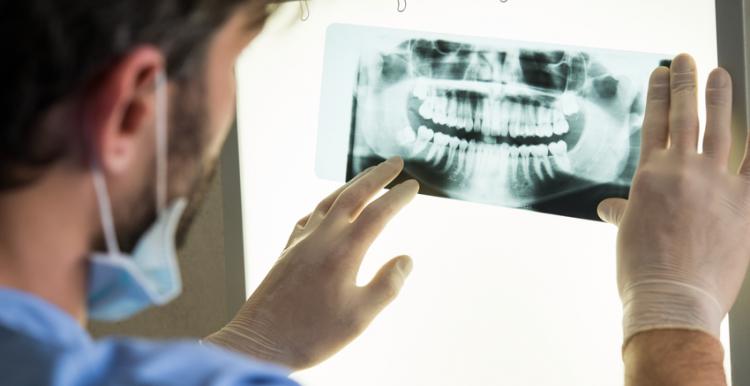National survey highlights dental health inequalities

National survey highlights dental health inequalities
Results of the 2021 Adult Oral Health Survey have been published, which echo previous research commissioned by Healthwatch England as well as feedback collected by local Healthwatch.
More than 6,300 people in England responded to the Adult Oral Health Survey during February and March 2021. Results published by the Office for Health Improvement and Disparities, on 21 December 2022, show:
-
35% of adults needed dental treatment or advice between March 2020 and March 2021
-
The most common problems were broken or decayed tooth (36%) or toothache or mouth pain (31%)
-
More people in deprived neighbourhoods had pain (41%) or broken or decayed teeth (36-40%) compared with those in the least deprived neighbourhoods (24-25% and 30% respectively)
-
68% of people who needed help contacted their usual dental practice
-
16% didn’t try contacting any service and of these, most didn't because of shielding or being worried about Covid (23%) or they couldn’t afford to pay dental charges (13%)
-
26% of those who couldn’t afford to pay dental charges, lived in the most deprived neighbourhoods (compared with 3% in least deprived) and 34% lived in lowest-income households (compared to 5% in highest-income homes)
-
34% of people who couldn’t afford to pay described their dental health as bad, compared to 5% of people who couldn't pay and said their dental health was good
-
48% of people with a problem said they got treatment from a dental professional
-
10% said they didn’t receive any advice or treatment after seeking help.
In 2021, Healthwatch England research showed people from lower socio-economic backgrounds were most likely to agree that they avoided dental treatment due to affordability issues.
Healthwatch England are currently preparing a submission to a committee of MPs who are investigating access to NHS dentistry.